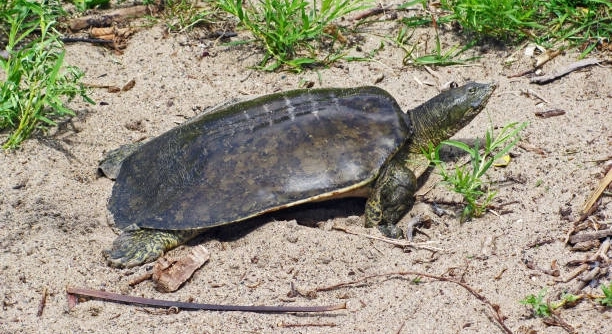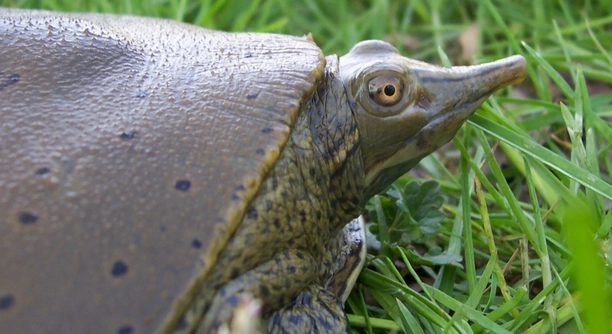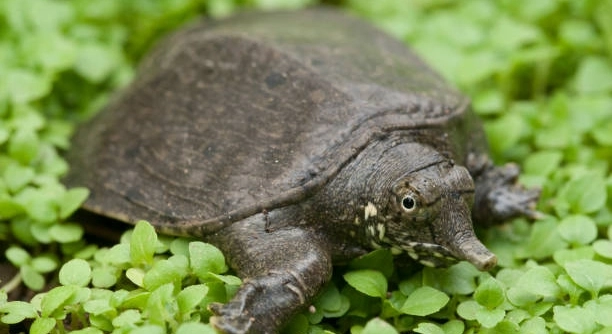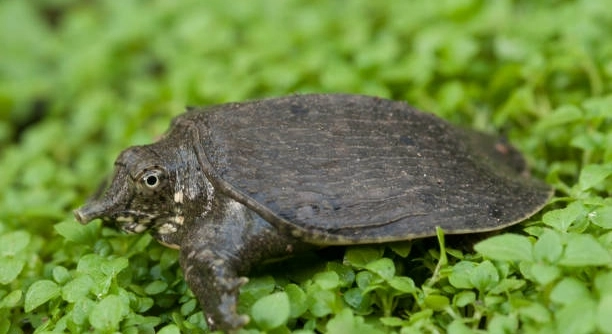What Causes Rapid Algae Growth in Turtle Tanks?
Rapid algae growth in turtle tanks is a common issue many turtle owners face. The accumulation of algae can make the tank appear unsightly and impact the health of the turtle. Understanding what causes this growth is essential. Algae growth in turtle tanks is primarily caused by excessive nutrients, such as nitrogen and phosphorus, which … Read more





